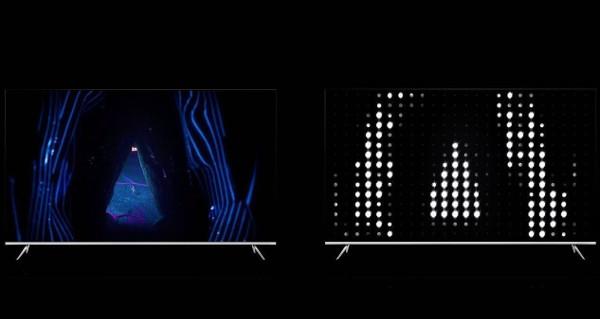What Does Local Dimming Do on a TV?

A Just because a TV has a “full array” LED backlight doesn’t automatically mean that it provides local dimming. Case in point: your Vizio D-series LCD TV. When that set’s Backlight Control feature is enabled, the LED array in its backlight is dynamically dimmed based on the overall brightness range of the images being displayed. In this particular case, however, the dimming is a global process that incorporates the full LED backlight array, as opposed to local “zones” in the backlight comprised of a group of adjacent LEDs.
LCD sets offering true Full Array Local Dimming (otherwise known as “FALD”), in contrast, will dynamically dim their LED backlight on a zone-by-zone basis based on the displayed content. Here’s how that works. Say there’s an exterior shot of a house on a clear, moonlit night. The LED zones in the area of the screen where the moon is situated gets modulated to display at a high brightness level, while the portions of the screen where the black nighttime sky resides are dimmed to a low brightness level, or even switched off altogether. The zones behind the house, meanwhile, are modulated to display at a medium brightness level.
In general, the more LED zones available for local dimming, the better: sets such as Vizio’s flagship P-series Quantum X models, which provide 480 local dimming zones, will offer much finer gradations of local contrast than the company’s V-Series models, which are limited to just 12 zones. The effect of having more backlight zones can easily be seen as decreased “blooming, or light bleed, in images where a bright object is positioned against a dark background.
Other TV-Related Posts:
Can I Use an OLED TV for Bright Room Viewing?
How Do I Know When to Change My Projector’s Bulb?
Is There a Benefit to 4K On a 50-In Screen 8 Feet Away
Click here to browse all Ask S&V posts.




























































